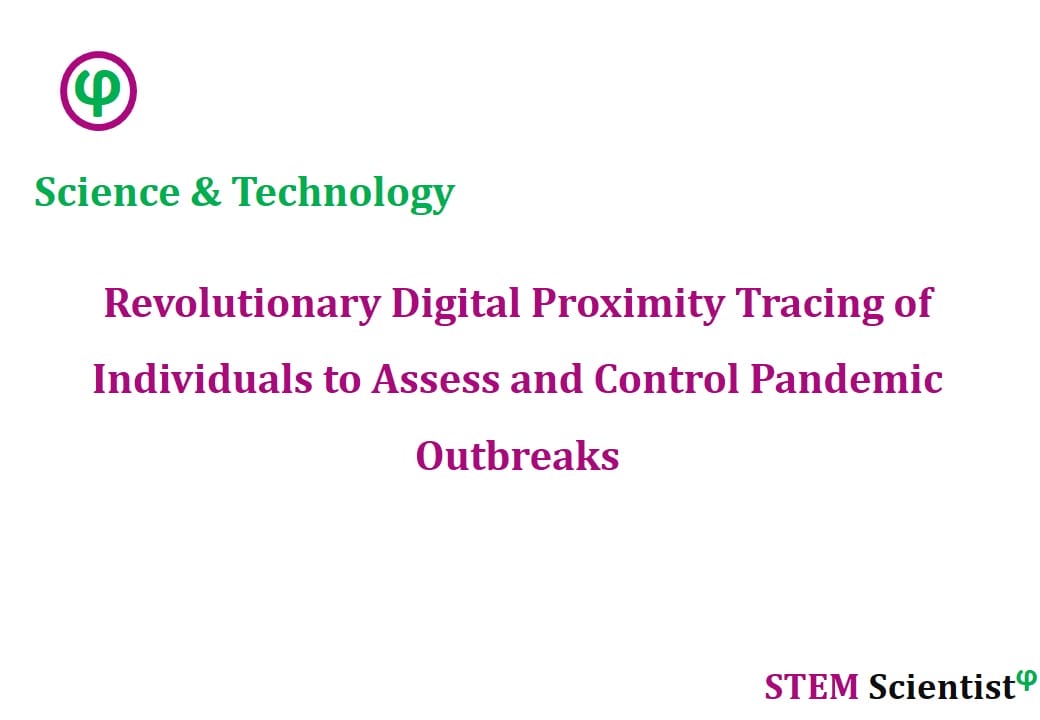
The following study was conducted by Scientists from Fondazione Bruno Kessler, Trento, Italy; University of Trento, Trento, Italy; University of Padua, Padua, Italy; Aix Marseille Univ, Université de Toulon, CNRS, CPT, Turing Center for Living Systems, Marseille, France; Tokyo Tech World Research Hub Initiative (WRHI), Tokyo Institute of Technology, Tokyo, Japan; University of Turin, Turin, Italy; ISI Foundation, Turin, Italy; Technical University of Denmark, Copenhagen, Denmark; École Polytechnique Fédérale de Lausanne (EPFL), Lausanne, Switzerland. Study is published in Nature Communications Journal as detailed below.
Nature Communications; Volume 12, Article Number: 1655 (2021)
Digital Proximity Tracing on Empirical Contact Networks for Pandemic Control
Abstract
Digital contact tracing is a relevant tool to control infectious disease outbreaks, including the COVID-19 epidemic. Early work evaluating digital contact tracing omitted important features and heterogeneities of real-world contact patterns influencing contagion dynamics. We fill this gap with a modeling framework informed by empirical high-resolution contact data to analyze the impact of digital contact tracing in the COVID-19 pandemic. We investigate how well contact tracing apps, coupled with the quarantine of identified contacts, can mitigate the spread in real environments. We find that restrictive policies are more effective in containing the epidemic but come at the cost of unnecessary large-scale quarantines. Policy evaluation through their efficiency and cost results in optimized solutions which only consider contacts longer than 15–20 minutes and closer than 2–3 meters to be at risk. Our results show that isolation and tracing can help control re-emerging outbreaks when some conditions are met: (i) a reduction of the reproductive number through masks and physical distance; (ii) a low-delay isolation of infected individuals; (iii) a high compliance. Finally, we observe the inefficacy of a less privacy-preserving tracing involving second order contacts. Our results may inform digital contact tracing efforts currently being implemented across several countries worldwide.
Source:
Nature Communications
URL: https://www.nature.com/articles/s41467-021-21809-w
Citation:
Cencetti, G., Santin, G., Longa, A. et al. Digital proximity tracing on empirical contact networks for pandemic control. Nat Commun 12, 1655 (2021). https://doi.org/10.1038/s41467-021-21809-w


